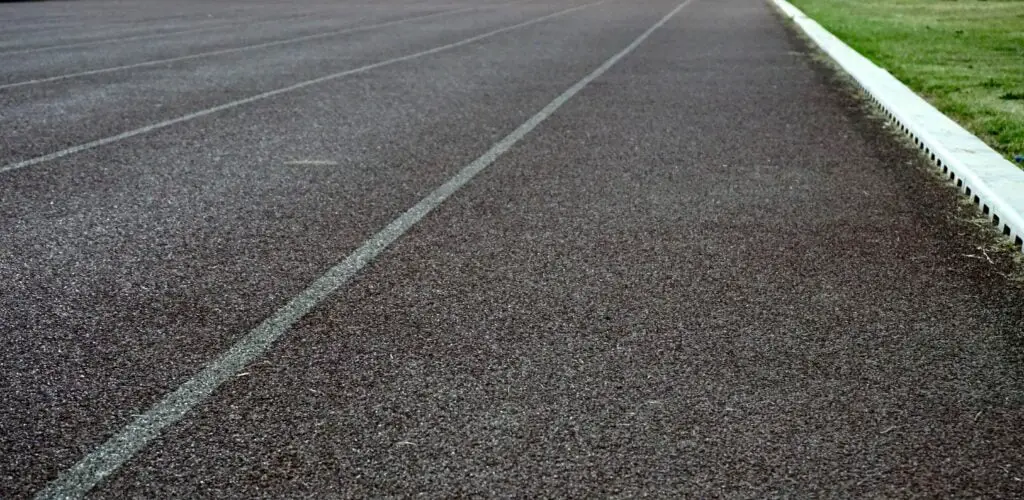
How to Lay Porcelain Slabs
Knowing how to tile and lay porcelain paving slabs is your top responsibility if you work in the landscaping industry.
For those long summer evenings spent with family and friends, having an outside entertaining area is essential. A patio greatly expands the usable space of a garden. Porcelain paving is one of the most widely used materials for these locations.
The best material is one that is durable and resistant to stains, frost, and moss. Before beginning to lay porcelain slabs, there are a few important considerations you should make.
The foundation is the first item to take into account. ensuring that your porcelain paving stones are installed firmly for many years of enjoyment. Other pavement preparation processes are comparable to this one. The mortar mix is where there is the most difference.
First off, porcelain pavers take more cement than other types of pavers. The connection between the paving and the earth needs to be stronger. You must utilize a specialized bedding mortar mix, such as BAL bedding mortar, to do this.
The second thing you must consider is drainage. You must install your paving slabs at a 1:80 run to do this.
Even if the groundwork is finished, further measures must be conducted before you can place your slabs because porcelain is non-porous. To achieve a solid bond that keeps the structural integrity of your patio for many years to come, this entails applying a slurry primer to the back of your slabs. For granite and porcelain, we suggest Pavestone priming slurry be used.
PRO TIP: Take care not to get any primer or cement on the porcelain slabs’ face. Primer/cement mix cannot be removed when it dries, leaving behind unattractive, permanent stains on your paving.
We have created a list of the items you’ll need and a step-by-step instruction to ensure you get the greatest result the first time.
WHAT YOU’LL NEED
- Mortar mix / bedding mortar
- Measuring tape
- Spirit level
- Mallet
- Stiff bristled brush
- Porcelain pavers
- Wet tile cutter
- Vacuum pump suction cup
STEP-BY-STEP GUIDE
- Lay the porcelain paving first onto a brand-new mortar base. To guarantee precise installation, we advise laying the slab into place one corner at a time.
ADVICE: Place one paving slab at a time rather than creating a mortar bed for all of your pavers at once. By doing this, the mortar won’t dry before you can truly set the pavers.
- After that, use a mallet to lightly press the slab in order to solidify your paver placement. (Porcelain pavers are robust and long-lasting, but it’s better to take precautions than to shatter the slabs.) The entire paver should be in contact with the mortar bed for the greatest results. Longer lifespan is ensured by a stronger relationship as a result of this.
- Once the paver is in position, move swiftly to make adjustments. After the mortar dries, it is nearly impossible to change the placement. Before moving on to the next slab, use your spirit level to make sure the paver is flat.
PRO TIP: Our vacuum pump suction cups can help you move and lay these substantial and weighty tiles.
- Regardless of the paving design you choose, make sure there is roughly 5mm between each paver when you lay down your next set of slabs. Check read our blog on cutting porcelain tiles if you need to cut any porcelain pavers to size.
- Apply the jointing compound to the 5mm gaps. After filling each pavement recess, remove any extra material by brushing it away.
- You’re done after giving it at least 24 hours to dry (cover with a sheet or tarp if rain is predicted).
You now understand how to install porcelain pavement slabs. To ensure that you never miss out on our advice, share this blog with your coworkers and join our mailing list.
To know the pricelist of grout, Tile Grout Guaranteed Best Construction Material Philippines’ Prices
To know other construction guides, tips, and methodology for beginners, veterans, and contractors, please see here.
To know the flood prone areas in the Philippines, Top 10 Flood-Prone Areas to Live in the Philippines.
To know more about Concrete Hollow Blocks, Simple Reasons Why Hollow Blocks are Highly Used in the Philippines
To know more about Hammers and Nails, Tips for Guaranteed Best Technique for Hammering Nails
To know more about Tees and Wyes, What is the Guaranteed Best to Use: Sanitary Tee Vs Wye

It’s amazing to go to see this web page and reading the views
of all colleagues on the topic of this paragraph, while I am also eager of getting experience.セックス ロボット
I blew hot and cold regarding this subject until I review your blog post.
You provided a well balanced sight that helped me form my
viewpoint.